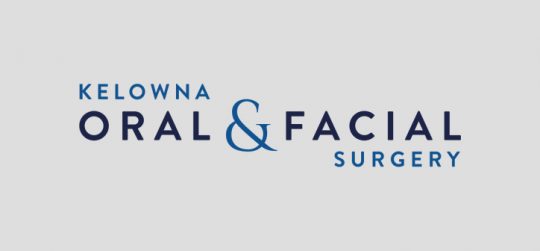
Dr Martyna is a fellowship-trained surgeon who is uniquely qualified in the treatment of cleft lip and palate. Dr. Martyna undertook a year of additional surgical training with an emphasis of cleft lip and palate surgery, and corrective jaw surgery at Dalhousie University in Halifax, Nova Scotia. He works with the other members of the Cleft Lip and Palate Team to provide care for your child.
How and why do clefts happen?
The parts that make up the lip and palate (roof of the mouth) normally fuse during the first three months of pregnancy. When these parts fail to meet and fuse, there will be a space between the parts, which is called a cleft. The type and severity of the cleft vary from child to child. A cleft lip, for example, can vary from a slight notch in the red part of the lip to a complete separation of the lip extending upwards into the nose and backwards through the gum line (alveolus) and palate. Similarly, a cleft palate can be as small as a split in the uvula at the back of the soft palate to a large opening in the entire roof of the mouth.
Clefts of the lip and palate are one of the most common birth defects. They affect roughly one in 700 births. The cause of the cleft lip and palate is unknown and likely caused by multiple factors. Although some cases of cleft lip and palate run in families, in the majority of new patients there is no family history of clefts.
Most infants with cleft lip and /or palate are healthy children who have no other birth anomalies. But sometimes, children with clefts may have other medical problems. If this is the case for your child, you may be offered an appointment to see a geneticist to discuss the chances of having another infant with a cleft.
How does a cleft affect my child?
A child with a cleft lip and/or palate can have special needs that are best managed by the multidisciplinary Cleft Palate Clinic to ensure the child’s proper development:
Feeding
A newborn with a cleft palate may have difficulties feeding due to an inability to form suction. Each baby is different. On their first clinic visit, the baby will have their feeding and growth assessed by the clinic nurse, pediatrician, and, if necessary, dietician. These clinic members will provide information and demonstrate how to feed the baby. If the baby has no other medical issues and is growing well, repeated assessments by the clinic pediatrician may not be required.
Hearing
Good hearing is essential for normal development. A cleft, which involves the soft palate, may affect drainage of fluid out of the middle ear. As a result, fluid may build up in the middle ear. This fluid can interfere with hearing. At this point, the child can have a temporary hearing loss. This fluid can also get infected, and ear infections are common in children with cleft palates. For this reason, many children have tubes inserted into the eardrum to drain the fluid by the ENT (ear nose throat) surgeons. The child is then able to hear better and it also decreases the number of ear infections. Hearing tests are performed by the clinic audiologist to monitor the function of your child’s ears.
Cleft Surgery
All babies with cleft lip or palate should be seen within the first week or two of life by the cleft surgeon. At the first appointment, the cleft surgeon will assess your child’s condition and discuss the treatment plan. Since each child’s cleft is unique, different surgical techniques may be used to repair the cleft. Your surgeon will discuss with you the surgeries that will be performed on your child.
Speech
A child with a cleft palate will have speech difficulties if the palate is not repaired. The main goal of palate surgery is to repair the muscles in the soft palate in order for the child to develop normal speech. Many children also need speech therapy after palate surgery. Some patients also benefit from a second operation if speech development remains affected by the cleft. The speech-language pathologist will regularly assess speech development and will, if necessary, arrange for speech therapy in the community.
Dental Development
A cleft lip and/or palate can affect the development of teeth. How the teeth are affected will depend on the type of cleft that the child has. Many children are missing teeth, have smaller teeth, have extra teeth and have crooked teeth. It is important that the child receive regular dental care to make sure that the teeth and gums are healthy.
Orthodontics
Orthodontic treatment for a child with cleft lip and/or palate could start as early as a few days old depending on the child’s type of cleft. A baby with a cleft lip and palate may have the upper gumline divided into three widely separated parts. A custom fitted orthodontic plate may be used to bring the parts of the upper jaw, lips and nose closer together and in a better position. This improves the final result of the cleft lip repair. Not all infants need this treatment. The orthodontist performs this treatment. Most children with cleft lip and/or palate will have problems with the alignment of the teeth and jaws. This can be corrected. The orthodontist will see your regularly and organize treatment.
Social Support
A cleft lip and/or palate present many challenges for parents. Within the first year of life there are a lot of stressful events, including the birth of infant with a significant facial difference, feeding difficulties, frequent medical appointments, and surgeries/ hospitalizations. All of these things can have an impact on how families cope, be it due to general worries over the child’s growth and health, or issues like missing work or school. social worker is available to provide additional support to families.